Match column I with column II and select the correct option from the codes give below.
Column IColumn IISpirogyra(i). UnicellularB. Chlamydomonas(ii). FilamentousC. Volvox(iii). Colonial formD. Some giant marine forms(iv) Kelps
A-(ii),B-(i),C-(iii)-D-(iv)
A-ii,B-iii,C-iv,D-i
A-iii,B-ii,C-iv,D-i
A-iii,B-ii,C-I,D-iv
The correct Answer is:A
To solve the matching question between Column I and Column II, we will analyze each item in Column I and find its corresponding match in Column II.
1. Identify Spirogyra:
- Spirogyra is a type of green algae that is known for its filamentous structure.
- Match: Spirogyra → (ii) Filamentous.
2. Identify Chlamydomonas:
- Chlamydomonas is a unicellular green alga, typically found in freshwater environments.
- Match: Chlamydomonas → (i) Unicellular.
3. Identify Volvox:
- Volvox is a colonial form of green algae, consisting of many cells forming a spherical colony.
- Match: Volvox → (iii) Colonial form.
4. Identify Some Giant Marine Forms:
- Some giant marine forms refer to kelps, which are large brown algae found in marine environments.
- Match: Some giant marine forms → (iv) Kelps.
Summary of Matches:
- A (Spirogyra) → (ii) Filamentous
- B (Chlamydomonas) → (i) Unicellular
- C (Volvox) → (iii) Colonial form
- D (Some giant marine forms) → (iv) Kelps
Final Answer:
The correct matches are:
- A → (ii)
- B → (i)
- C → (iii)
- D → (iv)
Thus, the correct option is Option 1.
---
- Spirogyra is a type of green algae that is known for its filamentous structure.
- Match: Spirogyra → (ii) Filamentous.
- Chlamydomonas is a unicellular green alga, typically found in freshwater environments.
- Match: Chlamydomonas → (i) Unicellular.
- Volvox is a colonial form of green algae, consisting of many cells forming a spherical colony.
- Match: Volvox → (iii) Colonial form.
- Some giant marine forms refer to kelps, which are large brown algae found in marine environments.
- Match: Some giant marine forms → (iv) Kelps.
- A (Spirogyra) → (ii) Filamentous
- B (Chlamydomonas) → (i) Unicellular
- C (Volvox) → (iii) Colonial form
- D (Some giant marine forms) → (iv) Kelps
The correct matches are:
- A → (ii)
- B → (i)
- C → (iii)
- D → (iv)
Topper's Solved these Questions
- BOOK - NCERT FINGERTPS ENGLISHCHAPTER - PLANT KINGDOMEXERCISE - Assertion Reason15videos
PLANT KINGDOM
- BOOK - NCERT FINGERTPS ENGLISHCHAPTER - PLANT KINGDOMEXERCISE - Plant Kingdom160videos
PLANT KINGDOM
- BOOK - NCERT FINGERTPS ENGLISHCHAPTER - PLANT GROWTH AND DEVELOPMENTEXERCISE - Plant Growth And Development154videos
PLANT GROWTH AND DEVELOPMENT
- BOOK - NCERT FINGERTPS ENGLISHCHAPTER - RESPIRATION IN PLANTSEXERCISE - Respiration In Plants130videos
RESPIRATION IN PLANTS
Similar Questions
Knowledge Check
- Question 1 - Select One
Match columnI with column II and select the correct option from the codes given below.
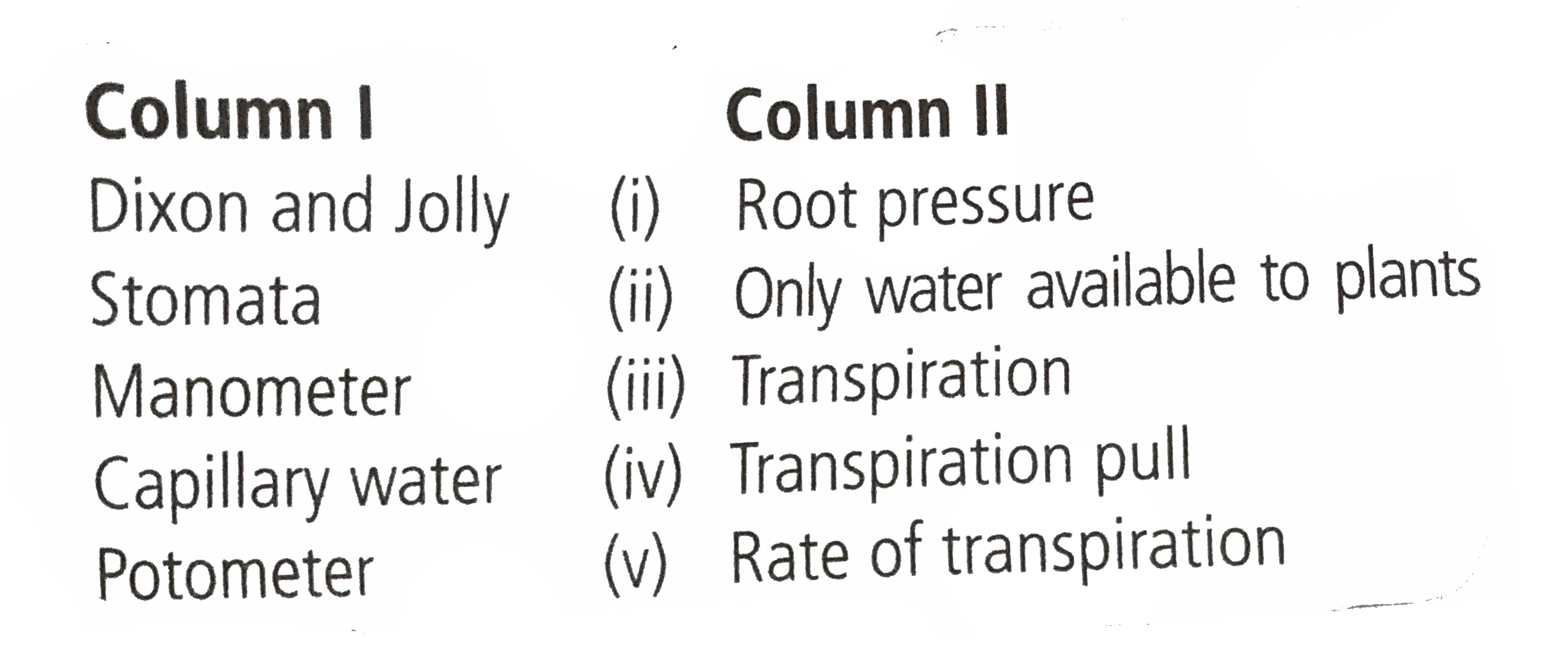 AA−(iv),B−(iii),C−(v),D−(ii),E−(i)BA−(i),B−(iii),C−(iv),D−(ii),E−(v)CA−(iv),B−(iii),C−(i),D−(ii),E−(v)DA−(v),B−(iv),C−(iii),D−(ii),E−(i)
AA−(iv),B−(iii),C−(v),D−(ii),E−(i)BA−(i),B−(iii),C−(iv),D−(ii),E−(v)CA−(iv),B−(iii),C−(i),D−(ii),E−(v)DA−(v),B−(iv),C−(iii),D−(ii),E−(i) - Question 2 - Select One
Match column I with column II and select the correct option from the codes given below.
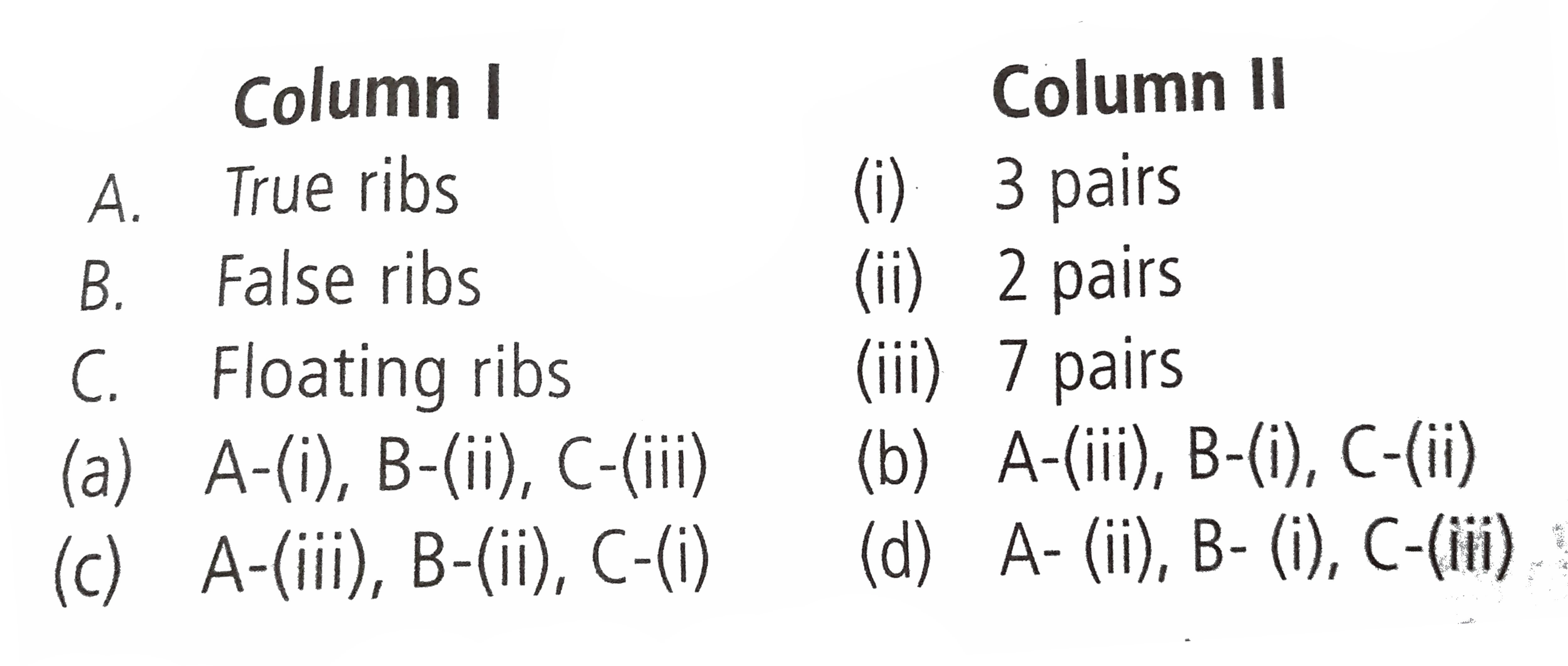 AA-(i), B-(ii), C-(iii)BA-(iii), B-(i), C-(ii)CA-(iii), B-(ii), C-(i)DA-(ii), B-(i), C-(iii)
AA-(i), B-(ii), C-(iii)BA-(iii), B-(i), C-(ii)CA-(iii), B-(ii), C-(i)DA-(ii), B-(i), C-(iii) - Question 3 - Select One
Match column I with column II and select the correct option from the codes given below.
 AA-(i), B-(ii), C-(iii), D-(v), E-(iv)BA-(ii), B-(i), C-(iii), D-(n), E-(iv)CA-(i), B-(ii), C-(iii), D-(iv), E-(v)DA-(v), B-(iv), C-(iii), D-(ii), A-(i)
AA-(i), B-(ii), C-(iii), D-(v), E-(iv)BA-(ii), B-(i), C-(iii), D-(n), E-(iv)CA-(i), B-(ii), C-(iii), D-(iv), E-(v)DA-(v), B-(iv), C-(iii), D-(ii), A-(i)
Match Column I with column II and select the correct option from the codes given below:
 View Solution
View SolutionMatch Column I with column II and select the correct option from the codes given below:
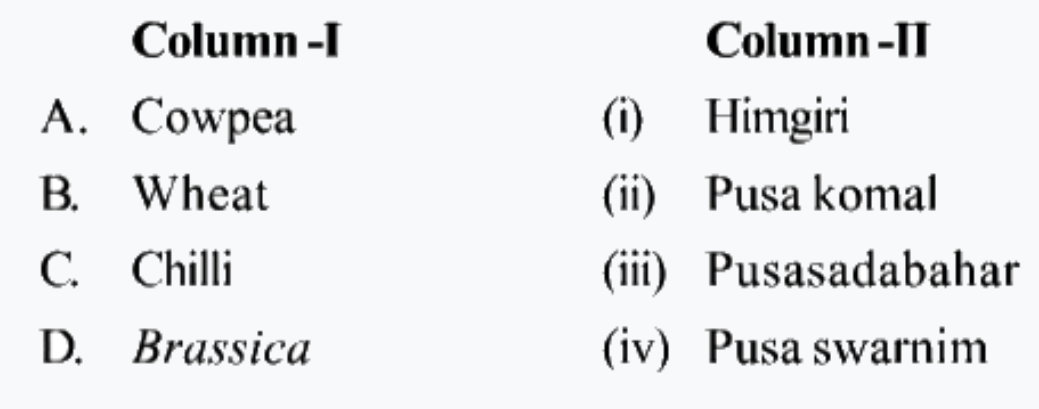 View Solution
View SolutionMatch column-I with column-II and select the correct option from the codes given below :
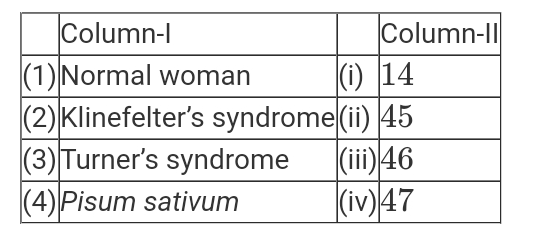 View Solution
View SolutionMatch column I with column II and select the correct option from the codes given below.
 View Solution
View SolutionMatch column I with column II and select the correct option from the codes given below.
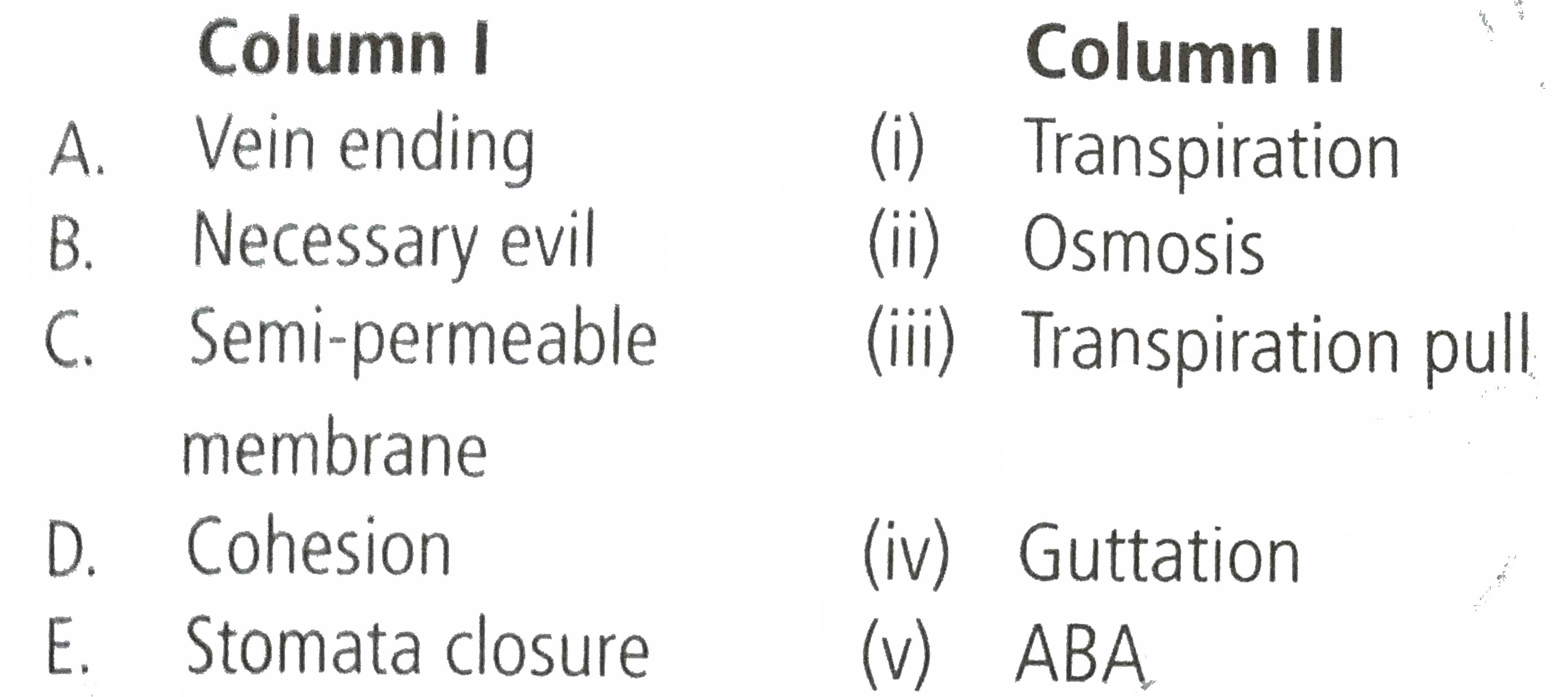 View Solution
View Solution


